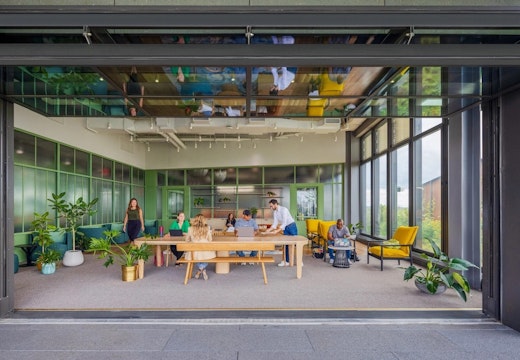From office block to housing block: is this the key to reinvigorate the city?
With offices still standing empty in downtown areas of the USA, developers are looking to new ideas and conversion projects to transform low footfall areas into vibrant city hubs once again
Research by the University of Toronto has found that downtown areas in North American cities have recovered more slowly from the pandemic than other urban spaces, with those that are reliant on tech workers struggling the most to bounce back to pre-pandemic levels of occupancy.
With workers choosing to work from home, there is nobody commuting downtown to spend money in local restaurants and food outlets, leading even major chains to close. The closure of a Wholefoods store in downtown San Francisco was hailed by the New York Times as the nail in the coffin for the city as the tech workers who used to keep it afloat have gone elsewhere.
But is this simply a product of the pandemic or a sign of a lack of foresight when it comes to urban planning? A review from Fast Company has highlighted how decades of overinvestment in commercial space, prompted by low interest rates and the belief that office space was a good long-term investment, led to the creation of downtowns comprising of 70 or even 80 per cent office space.
But this set of circumstances could never last and the pandemic has popped the bubble, leaving cities with an overabundance of office space and a lack of genuine spaces to draw people into the central business district without the pull of the office.
From commercial to residential
So what’s the solution? A number of trends have emerged, including the push for more residential and mixed-use spaces in order to fill the gap. In Calgary, a collaboration between the city authorities and Gensler has produced an algorithm designed to assess whether office buildings can be transformed into residential space, leading to the conversion of more than a dozen offices into housing.
A similar approach has been seen in Columbus, Ohio where offices have been demolished as developers search for more profitable uses of the land. The conversion process is not always straight-forward – with zoning regulations getting in the way and design features of office buildings including a tendency towards all-glass facades and large internal floorplates proving difficult. But overall this approach appears to be catching on, helping to make empty downtown areas liveable and vibrant once again.
Read Imogen Privett’s latest Design Round-up in WORKTECH Academy’s Innovation Zone here.








